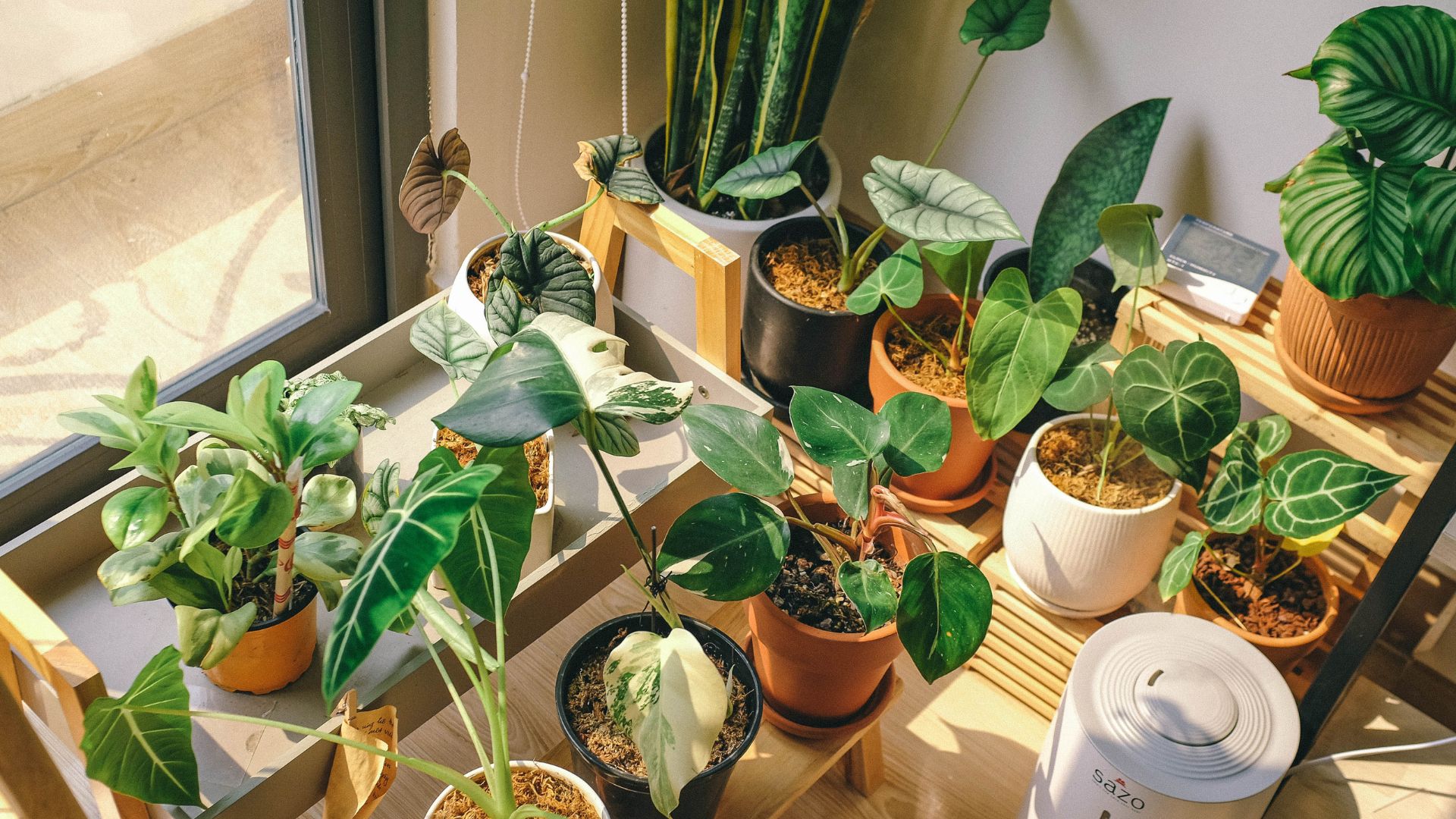Lifestyle
Common Misconceptions About Low Credit Scores

Your credit score plays a major role in shaping your financial opportunities—from securing a home loan to getting approved for a credit card. Yet, for many Australians, this three-digit number is often misunderstood. Misconceptions about what affects a credit score or how it limits financial options can lead to unnecessary stress and missed opportunities. Even those with less-than-perfect scores can still access financial products like low credit score loans designed to help rebuild credit and regain financial stability.
Below, we’ll debunk some of the most common myths surrounding low credit scores and explain what’s really going on behind the numbers.
Myth 1: A Low Credit Score Means You Can’t Get a Loan
Many people assume that a low credit score automatically disqualifies them from borrowing money. While it’s true that lenders assess creditworthiness before approving applications, having a low score doesn’t mean the door is closed. There are lenders in Australia who specialise in supporting people with imperfect credit histories. These providers evaluate other factors—such as your income, employment stability, and ability to make repayments—when assessing eligibility. Products like low credit score loans are designed to give people a fair chance at rebuilding their financial reputation while still meeting their immediate needs.
Myth 2: Checking Your Own Credit Report Lowers Your Score
Another common misconception is that viewing your own credit report harms your credit rating. This isn’t true. When you check your credit report, it’s considered a “soft enquiry” and has no impact on your score. However, multiple “hard enquiries”—for example, when you apply for several loans or credit cards in a short period—can temporarily affect your score. Regularly reviewing your own report is actually a smart habit, helping you stay aware of changes and detect potential errors or fraudulent activity early.
Myth 3: Once You Have Bad Credit, You’re Stuck with It Forever
A low credit score isn’t permanent. Your score changes over time based on your financial behaviour. By paying bills on time, reducing outstanding debts, and avoiding unnecessary credit applications, you can steadily improve your score. Even small positive actions—like setting up direct debits or maintaining a healthy mix of credit types—can make a difference over time.
Myth 4: Closing Old Credit Accounts Helps Your Score
It might seem logical that closing old credit cards would improve your score, but that’s not always the case. Long-standing accounts with a positive payment history can actually strengthen your credit profile. When you close these accounts, you may reduce your overall credit limit and shorten your credit history, both of which can negatively affect your score.
Myth 5: Your Income Directly Determines Your Credit Score
While your income influences how much you can borrow, it doesn’t directly impact your credit score. The score is based on your financial behaviour—specifically, how reliably you’ve managed past debts and credit obligations. That said, maintaining steady income and employment can still improve your chances of loan approval, even with a lower score.
Understanding your credit score—and the myths surrounding it—is key to taking control of your financial future
A low score doesn’t define your financial potential; it’s simply a reflection of your past credit activity and can always improve with time and discipline. If you’re working to rebuild your credit or need financial assistance now, exploring options like low credit score loans could help you take positive steps toward a stronger financial position. The key is to stay informed, make consistent repayments, and manage your finances with confidence and awareness.
Lifestyle
Houseplant Styling Mistakes to Avoid in Home Décor

Bringing greenery indoors can instantly elevate a space — adding warmth, texture, and a sense of calm. However, styling houseplants successfully requires more than simply popping a fern in a corner and hoping for the best. From mismatched plant selections to poor placement and neglecting scale, even the most well-intentioned plant lovers can make styling missteps. Before you dive into your next indoor plant arrangement, it’s worth understanding the most common mistakes to avoid.
Whether you’re new to indoor greenery or a seasoned plant parent, brands like Hello Botanical make it easy to find the perfect plants and gifts that complement your interior style — but knowing how to display them properly will make all the difference.
Overcrowding Your Space with Too Many Plants
While it’s tempting to fill every available surface with greenery, too many plants can make your space feel cluttered and overwhelming. Each plant deserves breathing room to grow and be appreciated. Instead of bunching them together, try grouping a few in varying heights or textures for balance. A single large plant in a corner can make a stronger design statement than ten small ones scattered everywhere.
Ignoring Light Conditions
Aesthetics shouldn’t be your only consideration when placing plants. Many indoor plant styling mistakes stem from ignoring light needs. Some species, like fiddle leaf figs and succulents, crave bright indirect light, while others, such as snake plants or peace lilies, thrive in low-light corners. Assess the natural light in each room before choosing plants, and remember that not every green beauty will thrive on your coffee table or bathroom shelf.
Choosing the Wrong Pot or Planter
A pot isn’t just a decorative accessory — it affects your plant’s health and your home’s design balance. A mismatched or undersized pot can look awkward, while one without drainage can cause root rot. Select planters that complement your home’s aesthetic and suit each plant’s needs. Neutral ceramics, woven baskets, or textured terracotta pots can enhance the overall décor while allowing your greenery to shine.
Neglecting Scale and Proportion
One of the easiest ways to make a room look unbalanced is by ignoring scale. A tiny plant on a large table can feel lost, while an oversized monstera can overwhelm a small living room. Consider the proportions of your furniture and space before selecting plants. Taller plants like palms or rubber trees add height and drama, while trailing species such as pothos or string of pearls can soften shelves and hanging corners beautifully.
Forgetting to Mix Textures and Colours
Just as you’d layer textures and tones in your furnishings, apply the same principle to your plant styling. Combining different leaf shapes, shades of green, and plant structures creates visual interest. Pair glossy leaves with matte ones, upright plants with cascading varieties, and bold tropicals with delicate ferns. A well-curated mix feels intentional rather than chaotic.
Over-Decorating Around Your Plants
Plants are statement-makers in their own right. Surrounding them with too many decorative objects — candles, vases, or trinkets — can detract from their natural beauty. Let the greenery breathe and become a focal point. A simple setup often feels more elegant and modern than a crowded display.
Forgetting Functionality in Key Spaces
While plants bring undeniable style, practicality matters too. Avoid placing trailing vines where they’ll get tangled in workspace cords or near entryways where they can be knocked over. Similarly, keep moisture-loving plants away from electronics and ensure any planters with drainage are placed on trays to protect your floors and furniture.
Ignoring Consistency Across Your Home
Houseplants look their best when they contribute to a cohesive theme. Instead of choosing random species for each room, think about your home’s overall design. Are you going for a minimalist, Scandinavian aesthetic or something more lush and tropical? Repeating a few plant types or pot styles throughout creates unity and flow.
Overlooking Plant Care as Part of the Design
No matter how beautifully you style your plants, unhealthy or neglected greenery can spoil the look. Regular pruning, wiping leaves, and rotating pots to ensure even growth are key parts of maintaining your interior aesthetic. Healthy, thriving plants add vibrancy and life that no artificial décor can replicate.
Forgetting That Less Can Be More
Finally, remember that plants should enhance your décor, not dominate it. A few strategically placed, well-cared-for plants can transform a home far more effectively than a jungle of mismatched greenery. Focus on quality over quantity, and choose each plant intentionally to fit your style, lighting, and lifestyle.
When styled thoughtfully, houseplants can turn a space into a peaceful, inviting sanctuary
Avoiding these common mistakes helps you highlight their beauty while keeping your interiors cohesive and clutter-free. Whether you’re refreshing a single room or curating a lush indoor garden, start small, observe what works, and grow your collection with care.
-

 Tech5 years ago
Tech5 years agoEffuel Reviews (2021) – Effuel ECO OBD2 Saves Fuel, and Reduce Gas Cost? Effuel Customer Reviews
-

 Tech6 years ago
Tech6 years agoBosch Power Tools India Launches ‘Cordless Matlab Bosch’ Campaign to Demonstrate the Power of Cordless
-

 Lifestyle6 years ago
Lifestyle6 years agoCatholic Cases App brings Church’s Moral Teachings to Androids and iPhones
-

 Lifestyle5 years ago
Lifestyle5 years agoEast Side Hype x Billionaire Boys Club. Hottest New Streetwear Releases in Utah.
-

 Tech7 years ago
Tech7 years agoCloud Buyers & Investors to Profit in the Future
-

 Lifestyle5 years ago
Lifestyle5 years agoThe Midas of Cosmetic Dermatology: Dr. Simon Ourian
-

 Health7 years ago
Health7 years agoCBDistillery Review: Is it a scam?
-

 Entertainment6 years ago
Entertainment6 years agoAvengers Endgame now Available on 123Movies for Download & Streaming for Free
